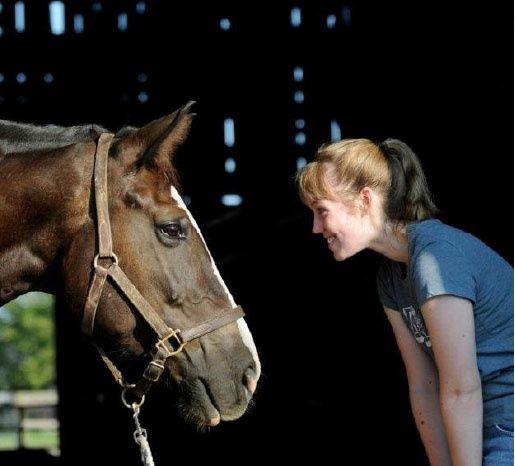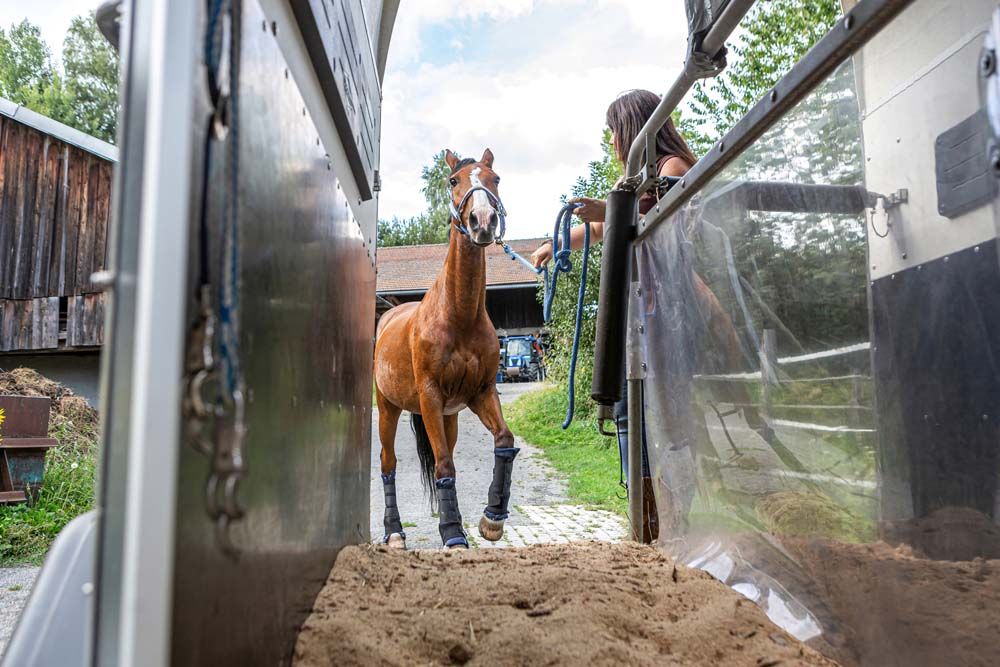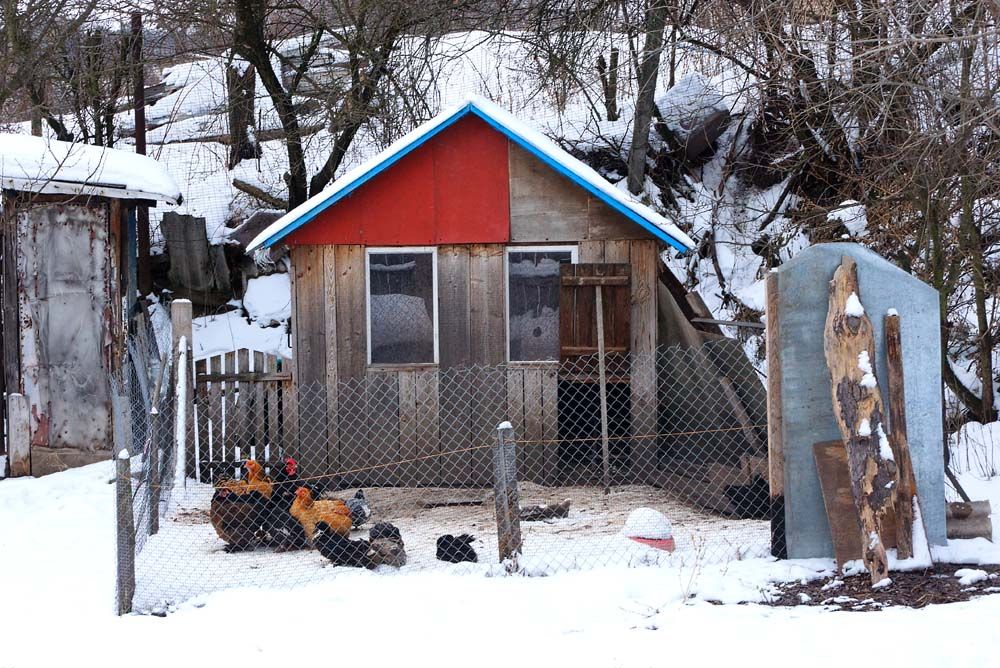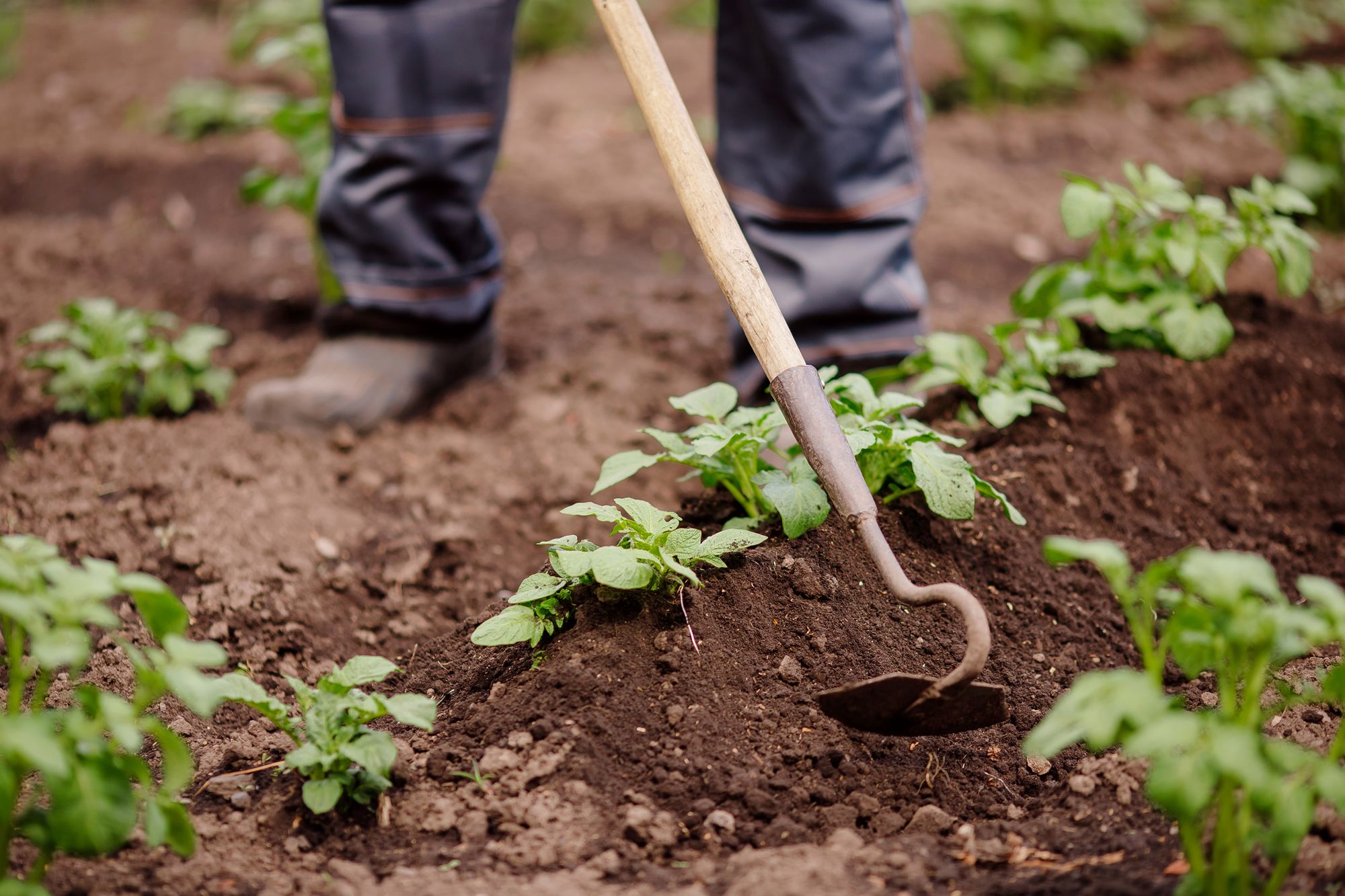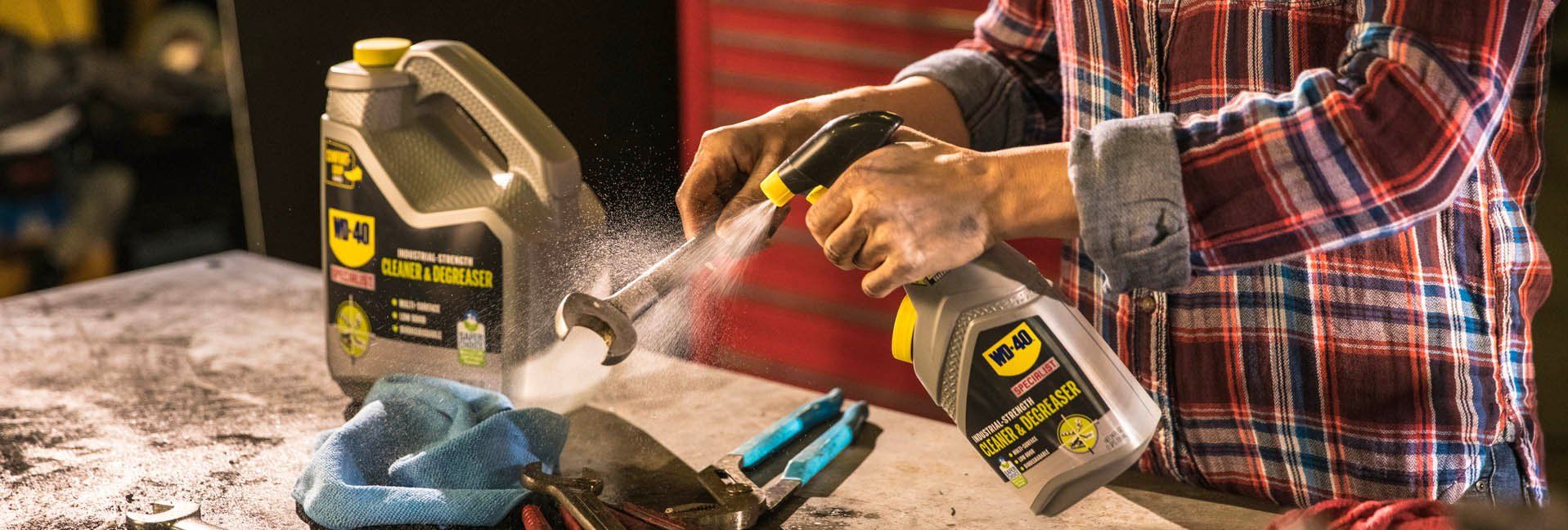How to choose the right tractor for your barn


Written by Natalie Voss
March 14, 2019
The Stable Workhorse
If you’ve recently made the transition from city to country, chances are you’re having to consider some big purchases for the first time. If you’re also making the transition from boarding your horse to keeping him at home, you may be about to go tractor shopping for the first time.
If the extent of your experience with tractors so far has been starting up the one at your boarding farm to move the muck spreader, you may find a spec sheet overwhelming.
Before you start poring over spec sheets, experts suggest you map out the basic requirements of your tractor. What type of work will it be doing—spreading muck, carrying fence posts for repair, baling or stacking hay, mowing, plowing snow around the barn? Consider the terrain it will be working in—will it have to encounter large hills?
If you’re shopping used instead of new tractors, remember this: The type of work the tractor will do is much more important than its age. Many tractors remain productive well beyond 20 or 30 years of age. The bigger consideration is their basic abilities.
Decoding the spec sheet
Your ag equipment dealer will be happy to provide you with detailed information on a wide range of utility tractors, but with a potentially bewildering array of transmission, horsepower and configuration specifications.
Let’s break them down.
• Climate-controlled or open operator: This refers to the area the driver sits and whether it’s open to the air or a closed cab (which is more characteristic of larger machines and is typically climate-controlled). The latter is aimed at people who will be spending long hours in the tractor mowing or working with crops. Open seating is easier to climb in and out from, but a cab keeps you out of the elements.
• Engine power: Engine power is divided between actually keeping the engine running and being diverted to attachments. Having a little more power than you need can be a good thing, but you don’t want to go overboard, as more horsepower corresponds to a bigger price tag. Experts suggest starting your tractor quest by mapping out what tasks (and therefore the implements and attachments) you may need. Too little power will stress attachments, but you’ll also need to take into account the fact that each simultaneous task will require more energy (operating a loader while the tractor is moving or running an air conditioning, power steering pump, hydraulic pump etc. before you attach an implement).
• Power take off (PTO): PTO refers to the transfer of power from one energy source, such as a running engine, to an attached implement like a loader or manure spreader. Different implements will require different PTO power capabilities.
There are a few key safety considerations with PTO: avoid loose clothing around PTO shafts connecting the tractor and implement; the PTO stub on the tractor can be prone to getting caught up and wrapped or shredded should the implement be turned on.
• Transmission: Tractors are not evenly divided into the straightforward manual versus automatic options like a car. Instead, they may be geared speed (similar to a manual transmission car), power shuttle (allows for easy switching between forward and reverse using a lever) and hydrostatic. Hydrostatic is somewhat more complex, combining a pedal for stop/go with a clutch.
• Hitch type: Hitch types are broken into categories based on their size. The larger the category number, the larger the pins at the top and bottom of the typical triangular, three-point hitch. Vertical height and lift arm spread also increases the larger the category number.
Additional considerations:
Parts and service: Whether you’re buying a tractor new or used, from a dealer or from a fellow small scale farmer, you’ll want to consider how easy it will be to repair. That may mean acquiring parts and doing the work yourself, or looking for a mechanic who can work on it for you. Even if you’re buying used, it may help to focus on brands that are sold and serviced by a dealer in your area.
Don’t forget to go for a ride. As with a car, you need to ensure you’re comfortable operating the tractors you’re considering. If you’re not used to driving larger machinery, any tractor may seem overwhelming to manage, but some will likely feel like a better and more intuitive drive than others.
Does the prospect of that test drive make you a little nervous? Depending on where you live, your state’s extension program may be able to direct you to a tractor certification program. These are often aimed at teenagers who are required to get official training before legally operating equipment on family farms, but it’s not uncommon for adults to take them. Such programs can teach you how to operate the tractor safety and prevent rollovers.
Your equipment dealer will also want to instruct you on how to safely operate a tractor prior to purchase, so plan on asking to drive candidates around the dealership lot.
Tags:Weekend Farmer

Acreage Life is part of the Catalyst Communications Network publication family.




